Best Golf Grips For Drivers 2026
You need to make sure you have the best grip on your driver, so here are some of our favorites

Joe Ferguson

Golfers often overlook their grips, but this is a mistake, as the grip is your only point of contact with the club. The best golf grips help you keep the ball in line with where you want it to go and perhaps even send it a few extra yards.
With a breadth of colors, shapes and sizes available, choosing the best grip for your driver is no easy task. To simplify things, we've tried, tested and selected the best golf grips for drivers available on the market right now. The list features some of the most popular grips, some of the tackiest grips and the grip that Bryson DeChambeau puts his faith in.
It's not only driver grips we can give you advice on, too. If you are in the market for a new grip for your putter, then we also recommend checking out our best putter grips guide. Or if you just need some different golf gear for your game, then take a look at our posts on the best golf accessories and best golf tops.
Best Golf Grips For Drivers 2026
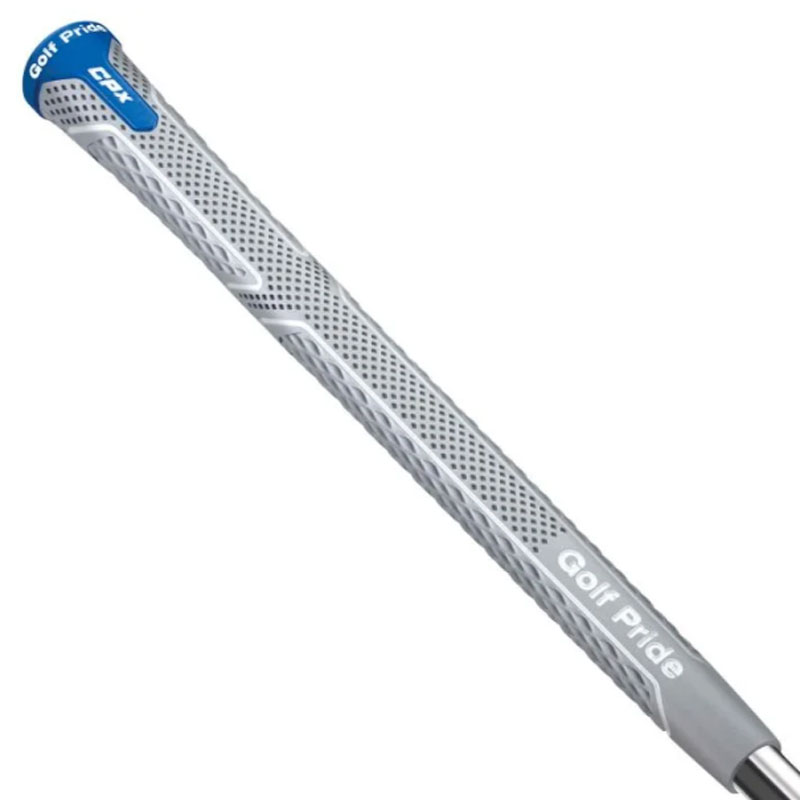
+ The tacky feel is outstanding
+ Grip can be fitted both ways
- Unique feel not for all
The Golf Pride CPX grip stands out with its unique design and performance, earning it a spot in our Editors Choice Awards. Featuring an innovative raised EXO diamond-quilted pattern, it's the softest grip from Golf Pride. This is paired with the Control Core technology at the top, where most grip pressure occurs.
It adds a new level of control and comfort, especially for players who like to grip down on the club. The CPX makes every shot more enjoyable, and for the price of re-gripping, it’s a worthwhile investment to make your clubs feel brand new again. Admittedly the feel takes a bit of time to get used to, but it is worth it.
Read our full Golf Pride CPX Grip Review
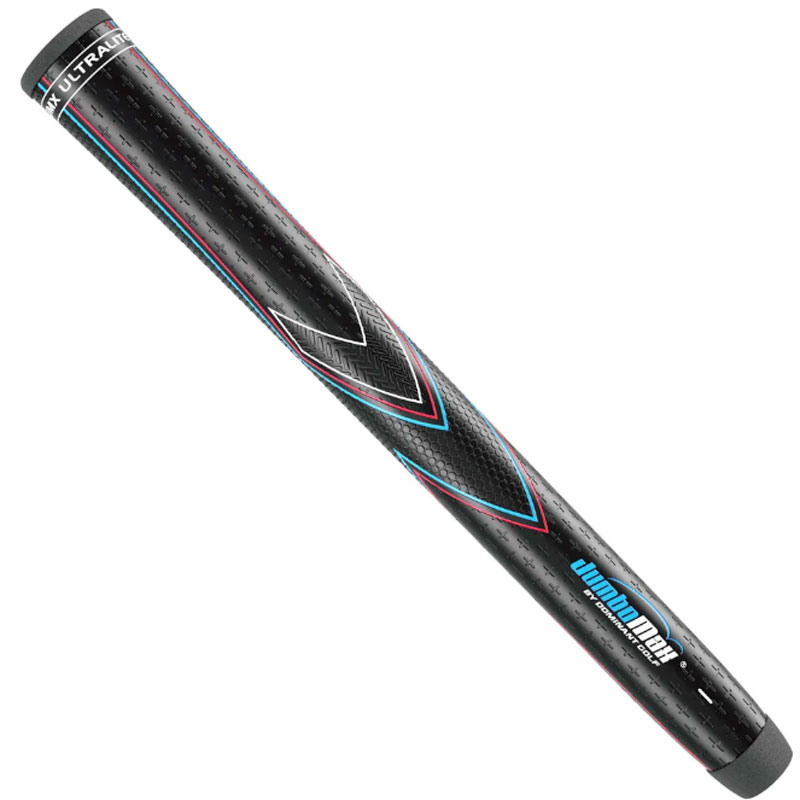
+ Great to eliminate hand movement
+ Excellent cushioning on your hands
- Some will prefer a narrower grip
Thick grips are gaining popularity, especially for drivers and fairway woods, as they help reduce grip tension. JumboMax's JMX UltraLite grip incorporates Finger-Palm technology, designed to prevent players from squeezing the grip too tightly.
Originally brought into the spotlight by Bryson DeChambeau, this grip offers benefits for a wide range of golfers, not just pros. In 2019, Bryson switched from using the 75g grip to a lighter prototype, which evolved into the UltraLite version. While the thicker design may not suit everyone, it's definitely worth testing at the driving range.

+ Great hand aids
+ Excellent tacky grip
- Not for traditionalists
The Golf Pride MCC Plus4 Align grip is purpose-built to reduce hand tension and improve power. It's larger lower hand portion helps you maintain proper hand positioning at impact—promoting more consistent drives off the tee.
In our testing the Brushed Cotton Technology in the upper half of the grip works well with a golf glove, while the rubber in the lower half enhances feel and forgiveness. Plus, the Align raised ridge keeps hand placement consistent for better control. Available in a variety of colors, this grip looks fantastic and would pair well with a stylish driver shaft.
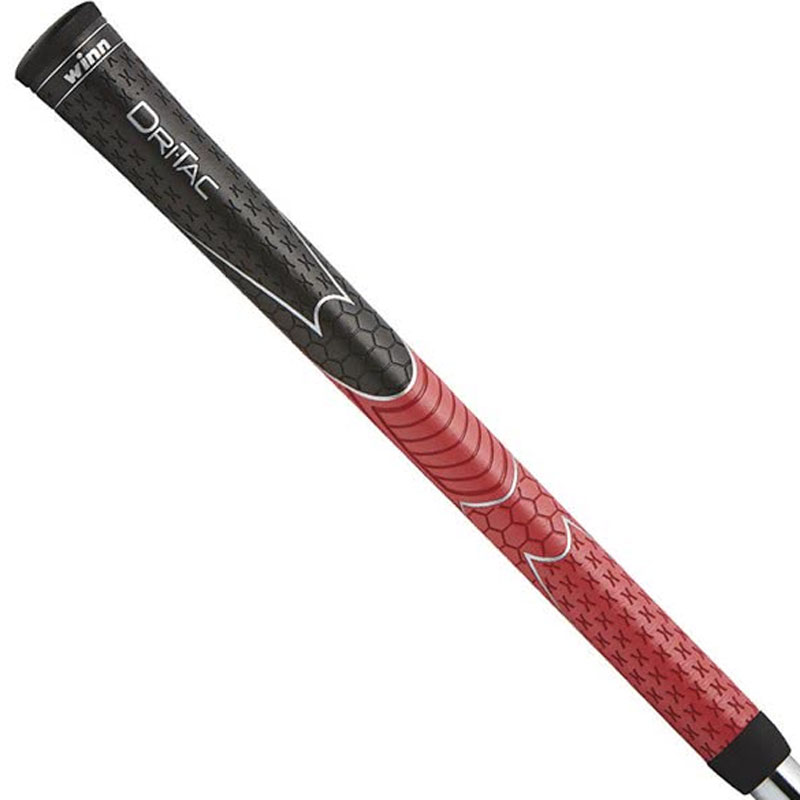
+ Premium polymer material
+ Soft to your hands
- Minimal color options
Winn was the first to create premium polymer golf grips and is also known for crafting grips for fishing rods, tennis, and bicycles. The Dri-Tac grip offers superb comfort, perfect for long days on the course or range sessions without leaving your hands sore.
As Winn's most popular grip, the Dri-Tac comes in four colors, allowing for some personalization in your golf bag. This soft and tacky grip is ideal for higher-handicap players thanks to the finger placement design on the grip itself, and pairing it with a forgiving driver could help improve performance.
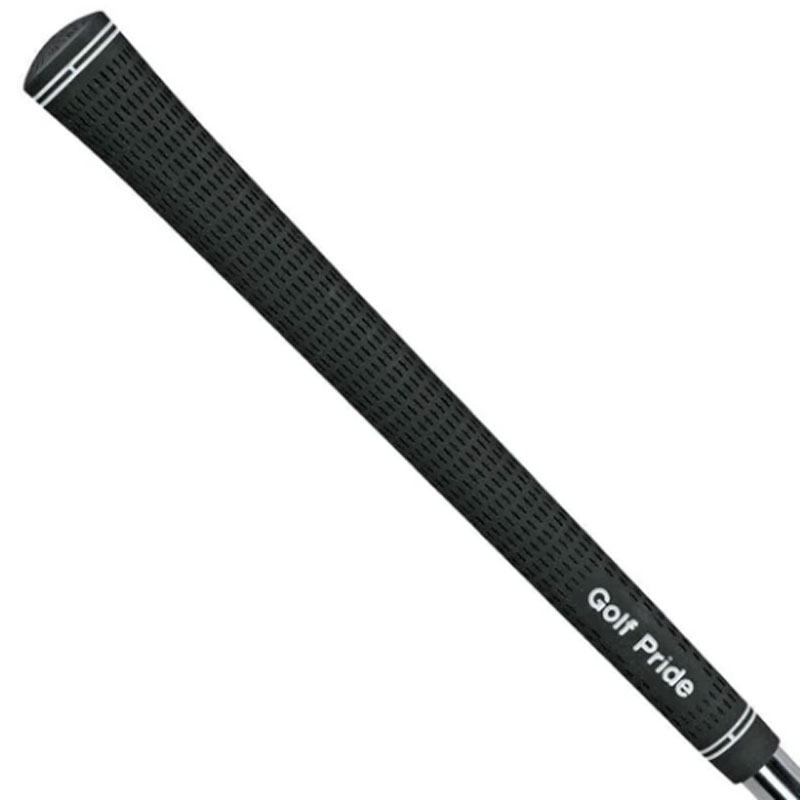
+ Classic looks
+ Brilliant traction on the club
- Doesn't come in many other colors
The Golf Pride Tour Velvet grip remains a staple in the game and is the #1 choice for a lot of professional golfers and amateurs alike. Made from 100% rubber, it combines a classic look with a computer-generated non-slip surface, ensuring a comfortable feel in hand.
You can opt for the version with ALIGN technology, featuring a raised ridge to promote proper hand placement, or stick with the standard model. Whether in wet or dry conditions, this grip performs consistently well, giving you confidence with every swing. There’s a reason it’s still Golf Pride’s top performer, although the CPX and MCC models above are well worth considering as well.

+ Soft but tacky feel
+ Good for golfers with no glove
- Limited color options
If Golf Pride are the Dallas Cowboys of golf grips, Lamkin are the LA Lakers, with a rich history that includes a unique partnership with Arnold Palmer. The Sonar+ Tour Calibrate grip is packed with technology, featuring a ridge along the underside to aid with hand alignment, clubface awareness, and feel.
Lamkin’s Fingerprint Technology boosts traction and encourages lighter grip pressure, enhancing swing speed and control. While it doesn’t offer as many color options as Golf Pride MCC grips, the Sonar+ Tour remains a top choice for your driver.
Read our full Lamkin Sonar+ Tour Calibrate Grip Review
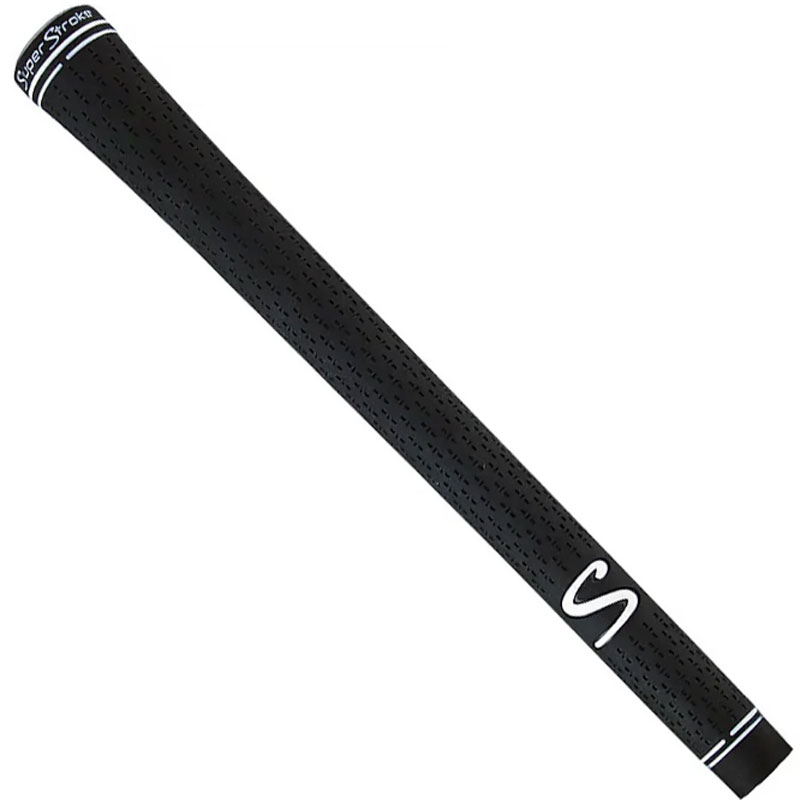
+ All weather grips
+ Great colorways
- Some may not like the taper on this grip
SuperStroke is best known for its thick putter grips, but they offer excellent options for drivers as well. The S-Tech grip is one of their top choices, performing well in all weather conditions. With a minimal taper, it promotes even hand pressure and helps square the clubface naturally.
The soft and tacky feel makes it particularly effective in wet weather. If you're after a grip that excels in both rain and heat, the S-Tech is a solid choice. For those playing in hot conditions, check out our guide to the best grips for sweaty hands.

+ Great for people with sweaty hands
+ Very durable
- Comes in only one color
The Lamkin Crossline Grip is one of Lamkin’s best offerings, excelling in all areas, which explains why it’s their best-selling crossline pattern. Using full cord coverage and firmer materials, the grip helps limit torsion at impact which in turn enhances control.
The Crossline is also one of the best value-for-money grips available in my opinion. While it only comes in one color—plain black—its durability and versatility make it a great fit for all the clubs in your bag, not just your driver.
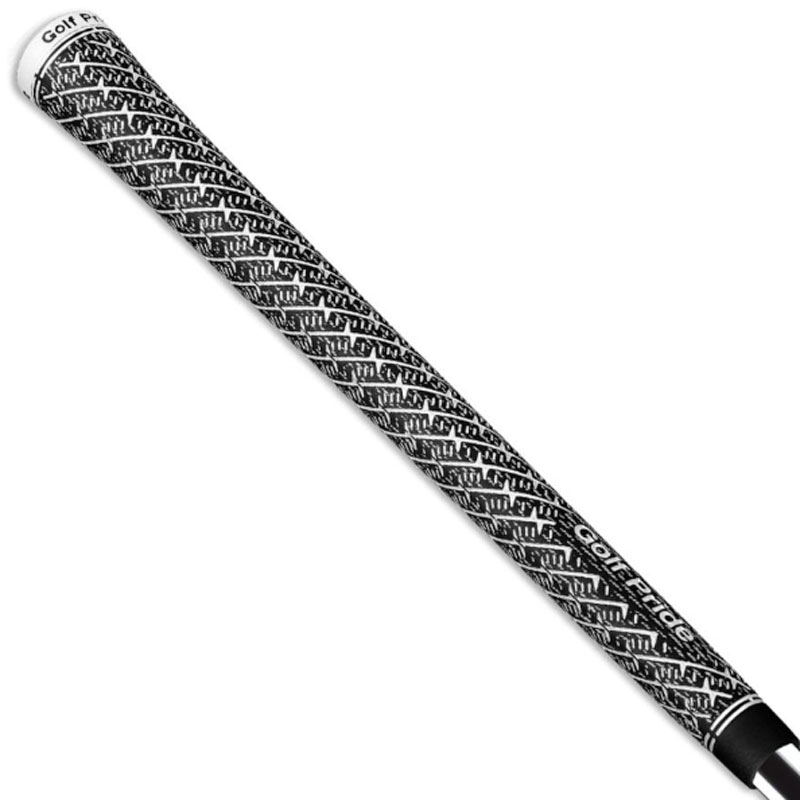
+ Another excellent all-weather grip
+ Great traction to your hands
- Some golfers may not like the additional layers
With 80% of tour pros choosing Golf Pride, and more major wins than any other grip brand, it's easy to see why Golf Pride is so popular.
The ZGRIP is the firmest in their lineup, with dual layers of texturing providing excellent control for your drives. It excels in wet conditions, thanks to the deep 'Z' shaped pattern and heavy cording that wicks away moisture. The midsize version enhances grip and comfort, making it a top choice for many tour pros, including Will Zalatoris. There's a reason the ZGRIP is trusted off the teebox by so many.
How we test
When we build a review or buyers guide this is based on vigorous testing of the products in question. We also like to rely on the knowledge and golfing experiences of our product testers. We have golfers from all levels that are testing out products, this helps us to get a variety of feedback which is best for the consumer. We always look to use the products multiple times to make sure the pros and cons we have to offer are valid.

We don't just judge grips after a few swings on the driving range. We test them over a range of different rounds, across different lies and different conditions - heat, cold, wet or dry.
Our reviews are all honest and unbiased, whether good or bad we will give you our honest opinions on the products to help you choose what is best for you. We always pride ourselves on the fact that no manufacturer can buy a good review, we will always build our guides on honest opinions. Check out how Golf Monthly tests products guide to get an in-depth look at our testing.
If you're in the mood for more buying guides, check out the best golf grips or the best golf accessories guides.
What to consider when buying a golf grip
The importance of getting the correct grip on your driver cannot be understated.
The grip may be one of the most important things to consider, as it acts as the point of contact between you and your club, giving you the traction you need on the club shaft to rip through your golf swing and send the ball up in the air. If you don't feel comfortable holding the golf club in your hands, how can you be expected to execute the perfect swing you want?
For that reason, having the right grip on your driver can seriously help you play better shots and therefore help your scores, rather than hinder them with a grip that doesn't fit or hinders your ability to hit a good shot.
It can be overwhelming to choose the correct grip for you, which is why we've produced this guide for you! Below is a list which sets out below a list of things to consider when you're purchasing a new grip for your driver.
1. Size
A lot of people don't consider the size of their hands when choosing a new grip for their driver. You'll want to do some research on what the ideal corresponding grip size would be for your hands. As we explain in our guide on how to get the right grip size for your hands, the wrong grip size can stop your hands from working properly on the club. If you have big hands like Bryson DeChambeau, then chances are a you'd suit a bigger, thicker grip. If your hands are on the smaller side of things, a smaller, thinner grip could be the one for you.
Different grip manufacturers use different measurements when designing their club grips, with some, like Ping, basing their grip sizes around two key hand measurements. One is the distance between the most prominent wrist crease on your hand to the tip of your middle finger. The other is the length of that longest finger alone. Ultimately the best thing is to take both measurements and pick the club grip that corresponds to that size.
Different grip manufacturers also design their grips in different shapes too. Generally, golf grips come in three different kinds; round grips, ribbed grips or alignment grips. Most golfers will have played with a round grip before, as they are the most common grip you are likely to find on a golf club.
Ribbed grips, also known as reminder grips, help golfers keep their hands set at the same position each time they grasp the club. They feature an internal ridge or rib that runs along the spine of the shaft, which helps players feel the bottom of the club grip, so they know exactly where to place their hands for each shot. Alignment grips, also known as calibrated grips, are a more comprehensive version of the ribbed grip that provide golfers with a wider, more prominent rib on the grip to help players better locate where to set their hands on the club. Depending on your abilities as a golfer, the shape of the grip can play an essential part in how well you play your shots.
2. Tackiness
What is a grip if it isn't, you know, grippy? We use the word tacky to describe the grip levels on the products we test. Some people love extremely sticky grips, while others prefer a bit more comfort and less stickiness.
3. Feel
Similar to when picking the driver that is right for you, you’re going to want to factor in how that club feels on impact. The same goes for when you’re trialing different grips. You’ll want to pick the grip that gives you the best control and overall feel as you hit through the ball. Again that is subjective from golfer to golfer. For example, some players like to feel more vibrations coming up the club, while others would prefer that sensation to be dampened. Depending on what works best for you, trying out different types of grip can help you discover the best one for your needs as a golfer. So head down to your local club shop to try out more.
4. Moisture management
While feel and tackiness are significant factors to consider when picking a driver grip, moisture management is something that many golfers forget about. Even if you don't get sweaty hands when playing golf, you're not always going to be playing golf in 30º of sunshine. The elements can change quickly on the course and for that reason, getting the grip that provides optimum moisture management will be vital in helping you hit sweeter, longer golf shots. Different players may have to consider different conditions when making a decision on their driver grip - the Scottish golfer will play in a lot more rain than someone in California. If you play in hot conditions, it is worth taking into account how the grip can react to sweaty hands at address.
5. Style
Look good, feel good, play good.
Style might interestingly be one of the most crucial things to consider when purchasing a new club grip. For example, standing over the ball while holding a club that looks the part, and makes you feel confident, can go a long way in helping you hit more consistent shots and reduce your scores. For that reason, pick a grip that not only feels good but looks good too.
FAQs
Are Driver grips the same as iron grips?
Generally, the grip on a driver can be the same as those on an iron. Some players may want a little more grip on their driver so may opt to place a tackier grip on their driver than their iron. But sometimes its best to keep all your club grips the same so you know where you're placing your hands on the club every time you pick them up.
What is the best kind of grip to put on my driver?
That depends on what suits you as a golfer. While some players might like a round grip, others may prefer a ribbed grip they can use to help them set their hands on the club in the same position each time they pick up the driver. For that reason, picking the right grip for your driver comes down to personal preference. Our best advice is to get down to your local pro shop and try each type of driver grip out.
What size grip should I put on my driver?
Depending on the size of your hands, different golfers will suit various grip sizes. First, you should start by measuring the size of your hand by measuring the distance between the most prominent crease on your hand and your middle finger. Once you have that measurement, you should pick the corresponding grip size.
1. Crease to fingertip: 0"-5" - Grip size: Small
2. Crease to fingertip: 5" to 6.5" - Grip size: Undersize
3. Crease to fingertip: 6.6" to 7.5" - Grip size: Small
4. Crease to fingertip: 7.6" to 9" - Grip size: Midsize
5. Crease to fingertip: 9.1" to 10" - Grip size: Large
Subscribe to the Golf Monthly newsletter to stay up to date with all the latest tour news, equipment news, reviews, head-to-heads and buyer’s guides from our team of experienced experts.

Sam is Golf Monthly's Senior E-commerce Editor which mean's he oversees everything E-com related on the site.
This takes the form of creating and updating Buying Guides, reviews, and finding bargain prices for deals content.
Working with golf gear and equipment over the last seven years, Sam has quickly built outstanding knowledge and expertise on golf products ranging from drivers, to balls, to shoes.
He combines this knowledge with a passion for helping golfers get the best gear for them, and as such Sam manages a team of writers that look to deliver the most accurate, insightful, and informative reviews and buying advice. This is so the reader can find exactly what they are looking for, at a good price.
Additionally Sam oversees Golf Monthly voucher/coupon content which seeks to find you the best offers and promotions from well-known brands like Callaway, TaylorMade and many more.
Unfortunately, Sam is not a member of any club at the moment but regularly gets out on the golf course to keep up the facade of having a single-figure handicap.
- Joe FergusonStaff Writer